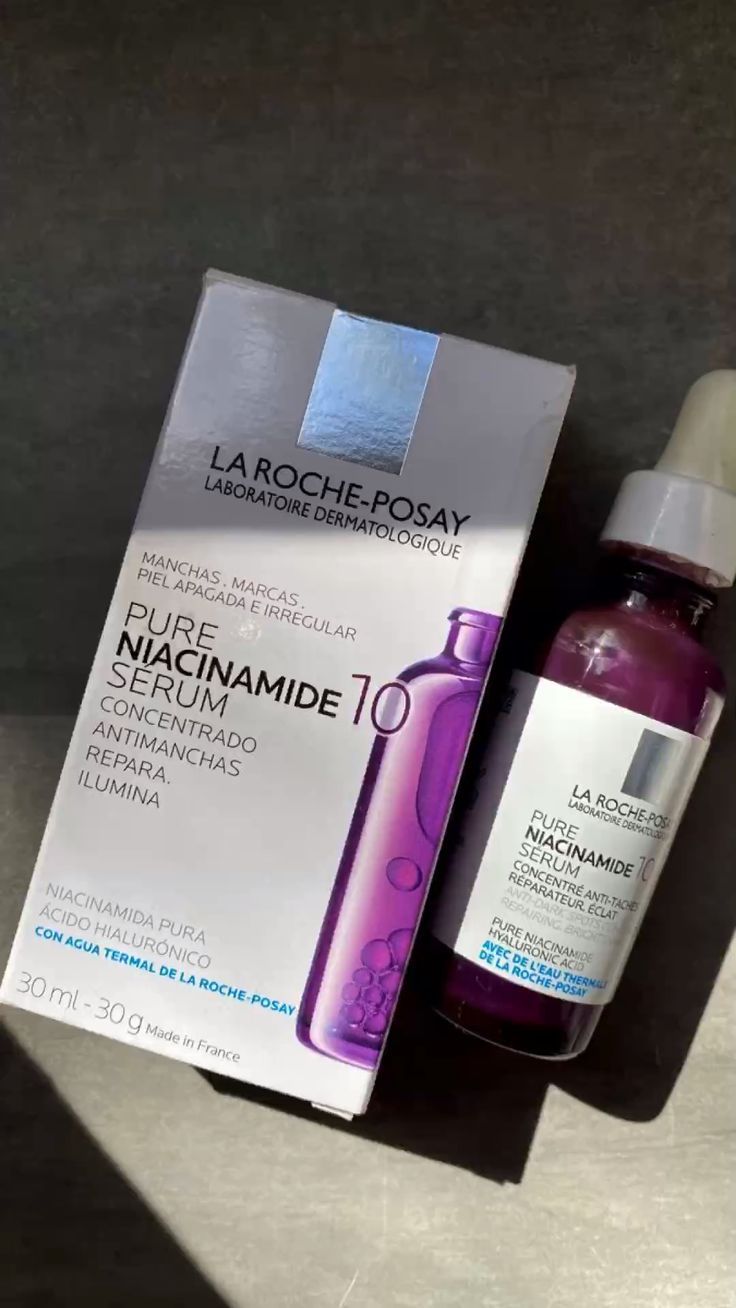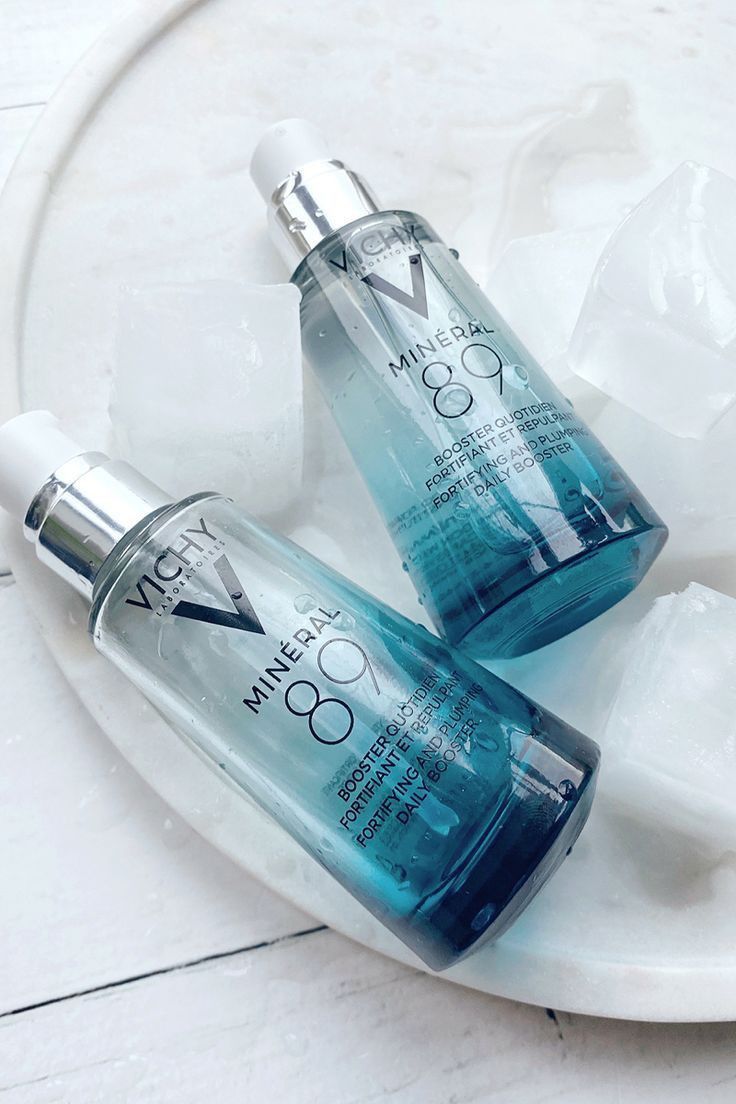The eternal debate in the world of skincare: retinol vs hyaluronic acid. Two ingredients that have been touted as miracle workers in their own right, yet often find themselves pitted against each other in the quest for radiant, youthful-looking skin. But do they really have to be mutually exclusive?
In this article, we’ll speak about retinol and hyaluronic acid, exploring their unique benefits, potential drawbacks, and most importantly, how they can be used in harmony to give you the glowing complexion you’ve always dreamed of. So, let’s get started on this journey to uncover the ultimate skincare power duo!

What is Retinol and How Does it Work?
Retinol is a derivative of vitamin A, a potent antioxidant that has been widely used in skincare products for its numerous benefits. It works by penetrating deep into the skin’s layers, where it stimulates collagen production, boosts cell turnover, and increases the rate of skin cell regeneration. This three-pronged approach helps to address a range of skin concerns, including fine lines, wrinkles, acne, and hyperpigmentation. Retinol’s ability to increase cell turnover allows it to unclog pores and reduce the appearance of pores, giving the skin a smoother and more even texture.
Additionally, its collagen-stimulating properties help to improve skin elasticity, firmness, and tone, leaving the skin looking more radiant and youthful. When used consistently, retinol can also help to reduce the appearance of dark spots and hyperpigmentation, leaving the skin with a more even and uniform tone. Overall, retinol is a powerful ingredient that can have a profound impact on the skin, making it a staple in many skincare routines.
Understanding Hyaluronic Acid: Benefits for Skin Hydration
Hyaluronic acid is a naturally occurring substance found in the body, particularly in connective tissue. It is a polysaccharide, a type of sugar molecule, that plays a crucial role in maintaining skin hydration and overall skin health. One of the primary benefits of hyaluronic acid for skin hydration is its ability to retain massive amounts of water, making it an excellent humectant. Hyaluronic acid can hold up to 1000 times its weight in water, making it an effective ingredient for locking in moisture and leaving skin feeling soft, supple, and plump. This is especially beneficial for dry or dehydrated skin, as it helps to replenish and rebalance the skin’s natural moisture barrier.
Hyaluronic acid has anti-inflammatory properties, which can help to soothe and calm irritated skin, reducing the appearance of fine lines and wrinkles. When used in combination with retinol, hyaluronic acid can enhance the effectiveness of the retinol by helping to reduce its drying effects, while also providing an extra layer of hydration and protection to the skin. Overall, hyaluronic acid is an excellent addition to any skincare routine, providing long-lasting hydration and a more youthful, radiant complexion
Comparing the Anti-Aging Effects of Retinol vs Hyaluronic Acid
When it comes to anti-aging skincare, two ingredients often take center stage: retinol and hyaluronic acid. Both have been touted for their ability to reduce fine lines, wrinkles, and improve skin texture, but how do they compare? Retinol, a derivative of vitamin A, works by increasing cell turnover, which helps to remove dead skin cells and promote the growth of new, plumper cells. This process can lead to a more even-toned, radiant complexion, as well as a reduction in the appearance of fine lines and wrinkles.
On the other hand, hyaluronic acid is a naturally occurring humectant that attracts and retains moisture in the skin, leaving it feeling soft, supple, and hydrated. While it may not have the same cell-turnover benefits as retinol, hyaluronic acid can help to plump up fine lines and wrinkles from the inside out, giving the skin a smoother, more youthful appearance. In terms of anti-aging effects, retinol tends to be more effective at reducing the appearance of deep wrinkles and fine lines, particularly around the eyes and mouth. This is because retinol is able to penetrate deeper into the skin, stimulating collagen production and cell turnover. Hyaluronic
Skin Types: Which is Better for Your Skin?
Understanding your skin type is a crucial step in developing an effective skincare routine, especially when considering the use of products containing retinol and hyaluronic acid. There are generally four main skin types: normal, dry, oily, and combination. Normal skin is characterized by a balanced moisture level, with pores that are neither too large nor too small. Dry skin, on the other hand, tends to be dehydrated, often feeling tight and flaky. Oily skin, as the name suggests, is characterized by an overproduction of sebum, leading to a shiny appearance and large pores. Combination skin typically exhibits both oily and dry characteristics, with the T-zone (forehead, nose, and chin) being oily and the cheeks being dry.
When it comes to choosing between retinol and hyaluronic acid, it’s essential to consider your skin type. For example, if you have dry or sensitive skin, hyaluronic acid may be a better option as it provides intense hydration without irritating the skin. On the other hand, if you have oily skin, retinol may be a more suitable choice as it can help to reduce sebum production and unclog pores. However, if you have normal or combination skin, both ingredients can be
How to Incorporate Retinol and Hyaluronic Acid into Your Skincare Routine
When it comes to incorporating retinol and hyaluronic acid into your skincare routine, it’s essential to understand how these two powerful ingredients work together. Retinol is a derivative of vitamin A that helps to stimulate collagen production, reduce the appearance of fine lines and wrinkles, and unclog pores. On the other hand, hyaluronic acid is a naturally occurring humectant that attracts and retains moisture, leaving the skin feeling soft, supple, and hydrated. To make the most of these ingredients, it’s best to use them in a layered approach.
Start by applying a hydrating serum or moisturizer that contains hyaluronic acid to help prime the skin and provide a barrier for the retinol. Next, apply a retinol product, such as a serum or treatment cream, to target specific skin concerns like acne, hyperpigmentation, or signs of aging. Finally, seal everything in with a moisturizer that contains hyaluronic acid to help lock in the benefits of the retinol and provide long-lasting hydration. By combining these two ingredients in a strategic way, you can achieve a more radiant, even-toned complexion that looks and feels healthy and youthful.
Potential Side Effects and Precautions of Using Retinol and Hyaluronic Acid
When incorporating retinol and hyaluronic acid into your skincare routine, it’s essential to be aware of the potential side effects and precautions to minimize any adverse reactions. Retinol, being a derivative of vitamin A, can cause initial irritation, redness, and dryness, especially for those with sensitive skin. This is due to its ability to stimulate cell turnover and collagen production, which can lead to a temporary increase in skin sensitivity. To mitigate these effects, start with a lower concentration and gradually increase as your skin becomes more tolerant.
Additionally, be sure to apply a broad-spectrum sunscreen with at least SPF 30 during the day, as retinol can make skin more susceptible to sun damage. Hyaluronic acid, on the other hand, is generally considered gentle and well-tolerated. However, some individuals may experience mild itching, stinging, or redness, particularly if they have open wounds or skin irritations. In rare cases, hyaluronic acid can cause an allergic reaction, such as hives or swelling. To minimize the risk of adverse reactions, perform a patch test before incorporating hyaluronic acid into your routine, and start with a lower concentration. It’s also important to note that hyaluronic acid
User Testimonials: Real Experiences with Retinol and Hyaluronic Acid
As we delve into the world of retinol and hyaluronic acid, it’s essential to hear from those who have experienced the benefits and challenges of using these ingredients firsthand. User testimonials offer a unique perspective on the effectiveness of these products, and can provide valuable insights for those considering incorporating them into their skincare routine. For instance, one user reported that after using a retinol product for several weeks, they noticed a significant reduction in fine lines and wrinkles, as well as an improvement in skin texture and tone. They praised the product’s ability to gently exfoliate and stimulate collagen production, leaving their skin looking smoother and more radiant.
On the other hand, a user who used a hyaluronic acid serum reported that it provided long-lasting hydration and left their skin feeling soft and supple. They appreciated the ingredient’s ability to attract and retain moisture, making it an excellent addition to their dry winter skincare routine. While both ingredients have their own unique benefits, it’s clear that they can be powerful tools in the fight against signs of aging and dryness. By hearing from real users, we can gain a better understanding of how to effectively incorporate retinol and hyaluronic acid into our own skincare routines, and achieve the glowing, healthy-looking skin



